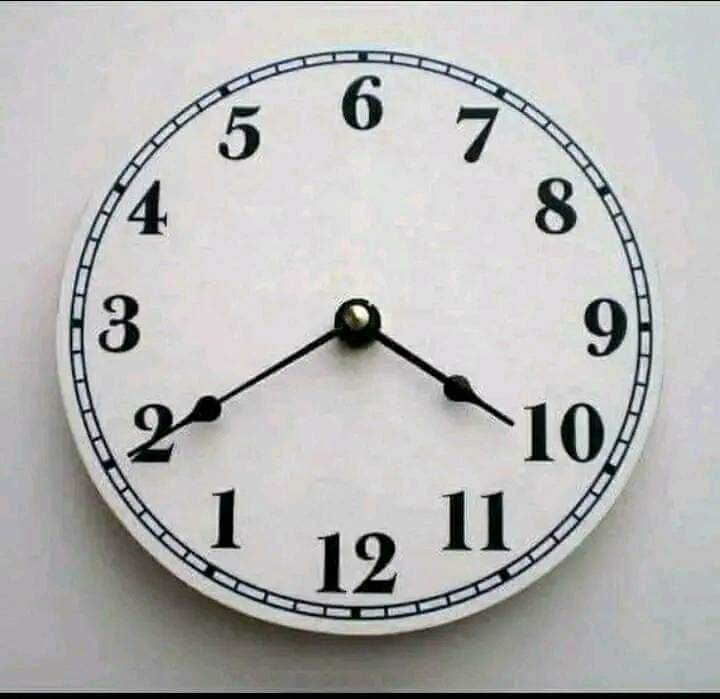
Ethiopia is close to the Equator, daylight is almost consistent throughout the year. Like many other countries, the country uses a standard 12-hour clock system with the hours progressing from 1 to 12 in a clockwise direction.
Moreover, Ethiopia uses a unique calendar system, known as the Ethiopian calendar or the Ge’ez calendar, which has 13 months, with 12 months of 30 days and a 13th month of 5 or 6 days.
There’s no evidence that suggests Ethiopia uses an upside-down clock or that there is any such thing as an upside-down clock. It is possible that you may have seen an image or video where a clock appears to be upside down due to the angle at which it was recorded or photographed, but this does not mean that Ethiopia or any other country uses upside-down clocks.
In fact, Ethiopia uses the same time system as most other countries in the world, which is the 24-hour clock. The hours on a 24-hour clock go from 0 to 23, with 0 representing midnight and 23 representing 11 PM.
The Ethiopian calendar is quite similar to the Julian calendar, which was the predecessor to the Gregorian calendar most countries use today.
The Ethiopian Calendar is a solar calendar. It starts on September 11th or 12th and ends on September 10th or 11th of the following year.
The following are some other Calendars in use Worldwide:
1
Gregorian Calendar: The Gregorian Calendar is the most widely used calendar in the world today. It was introduced in 1582 by Pope Gregory XIII, and replaced the Julian calendar. It is a solar calendar, which means that it is based on the position of the sun relative to the earth. The Gregorian Calendar starts on January 1st and ends on December 31st.
2
Julian Calendar: The Julian Calendar was introduced by Julius Caesar in 46 BCE. It was used as the standard calendar in Europe for more than 1500 years until it was replaced by the Gregorian Calendar. It is also a solar calendar and starts on January 1st, but the dates differ from the Gregorian Calendar due to a difference in leap year calculations.
3
Hindu Calendar: The Hindu Calendar is a lunar calendar, which means that it is based on the cycles of the moon. It is used primarily in India and Nepal and has several regional variations. The Hindu Calendar starts in mid-April and ends in mid-April of the following year.
4
Buddhist Calendar: The Buddhist Calendar is also a lunar calendar, which is used primarily in Southeast Asia. It is based on the lunar cycles and starts in mid-April and ends in mid-April of the following year.
5
Islamic Calendar: The Islamic Calendar is a lunar calendar, which is used primarily by Muslims worldwide. It is based on the cycles of the moon and starts with the sighting of the new moon. The Islamic Calendar starts in mid-April and ends in mid-April of the following year.
6
Jewish Calendar: The Jewish Calendar is a lunar calendar, which is used by Jews worldwide. It is based on the cycles of the moon and starts in late September or early October and ends in late September or early October of the following year.
7
Persian Calendar: The Persian Calendar is a solar calendar, which is used primarily in Iran and Afghanistan. It starts on March 21st and ends on March 20th of the following year.
8
Chinese Calendar: The Chinese Calendar is a lunar calendar, which is used primarily in China and other East Asian countries. It is based on the cycles of the moon and starts on the second new moon after the winter solstice. It ends on the following year’s new moon.
9
Coptic Calendar: The Coptic Calendar is a solar calendar used by the Coptic Orthodox Church in Egypt. It starts on August 29th and ends on August 28th of the following year.
10
Revised Julian Calendar: The Revised Julian Calendar is a revised version of the Julian Calendar. It is used primarily by Eastern Orthodox churches and starts on January 1st and ends on December 31st.
11
Mayan Calendar: The Mayan Calendar is a system of calendars used by the Maya civilization of Mesoamerica. It is a complex system of several interlocking calendars, including a solar calendar, a ritual calendar, and a long-count calendar. The Mayan Calendar was used until the Spanish conquest in the 16th century.
